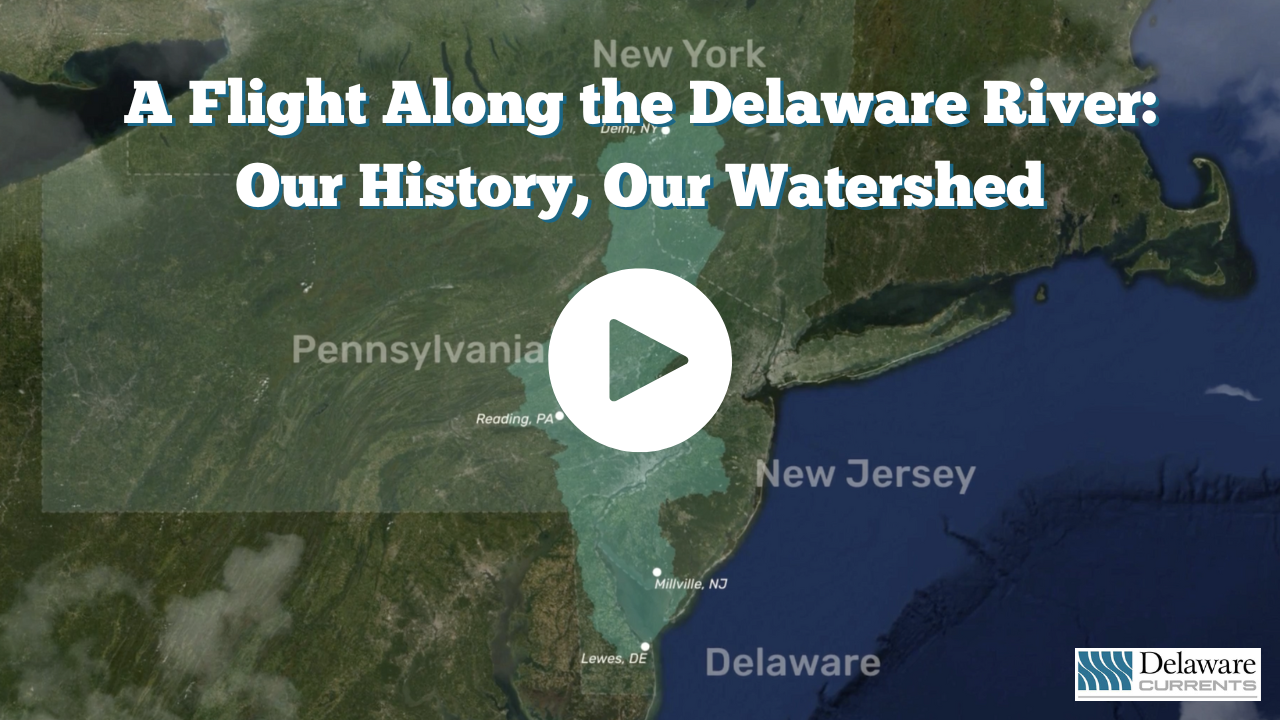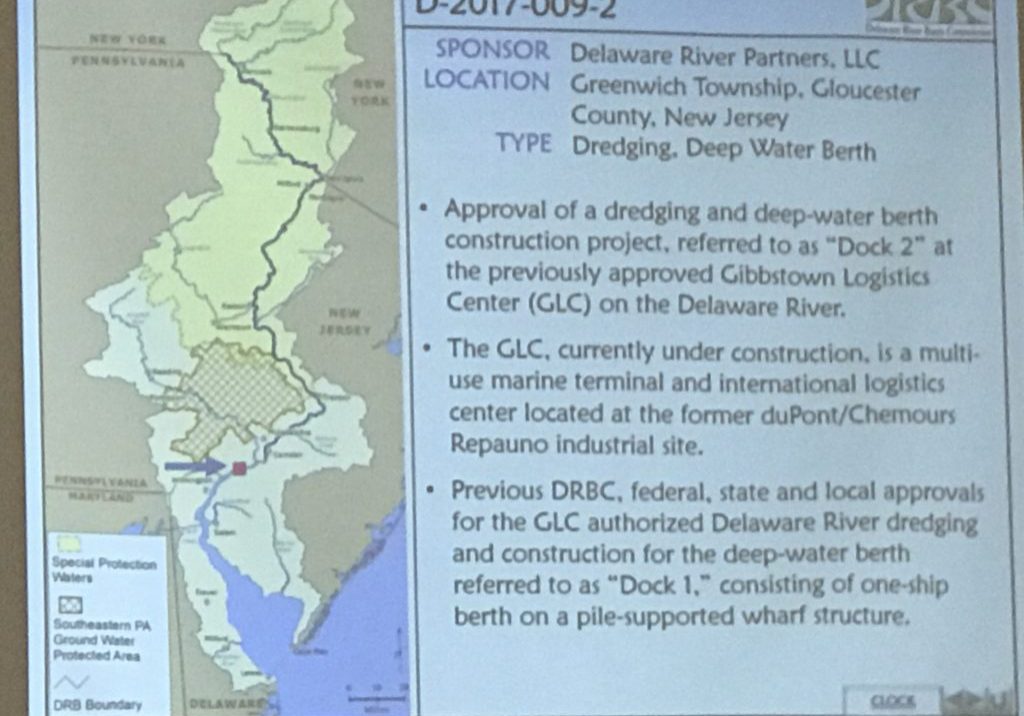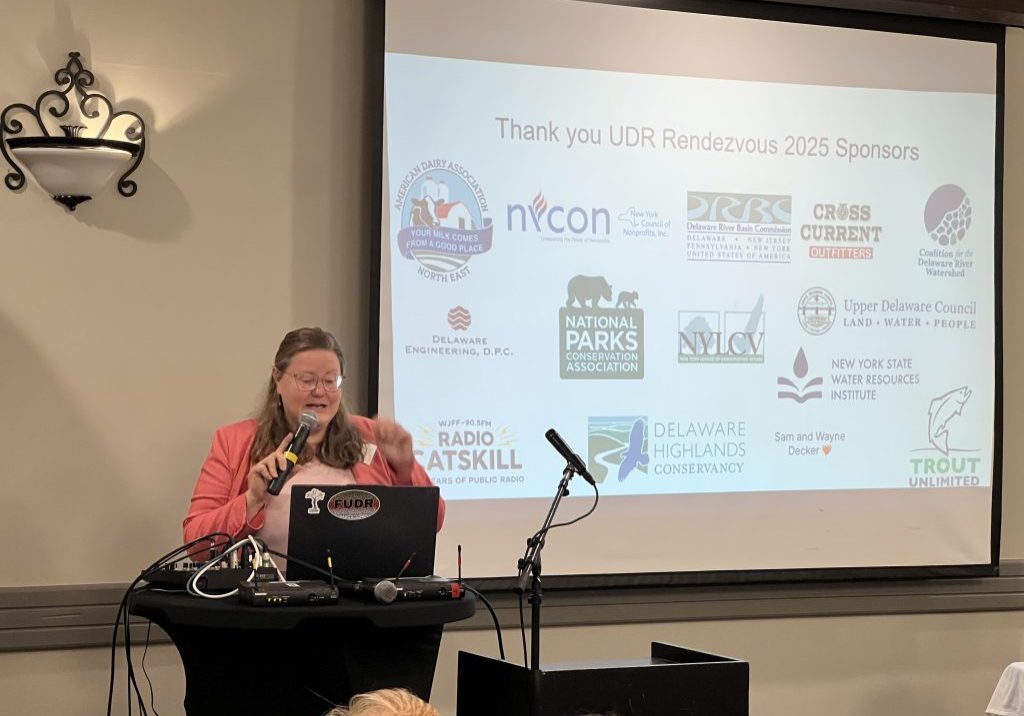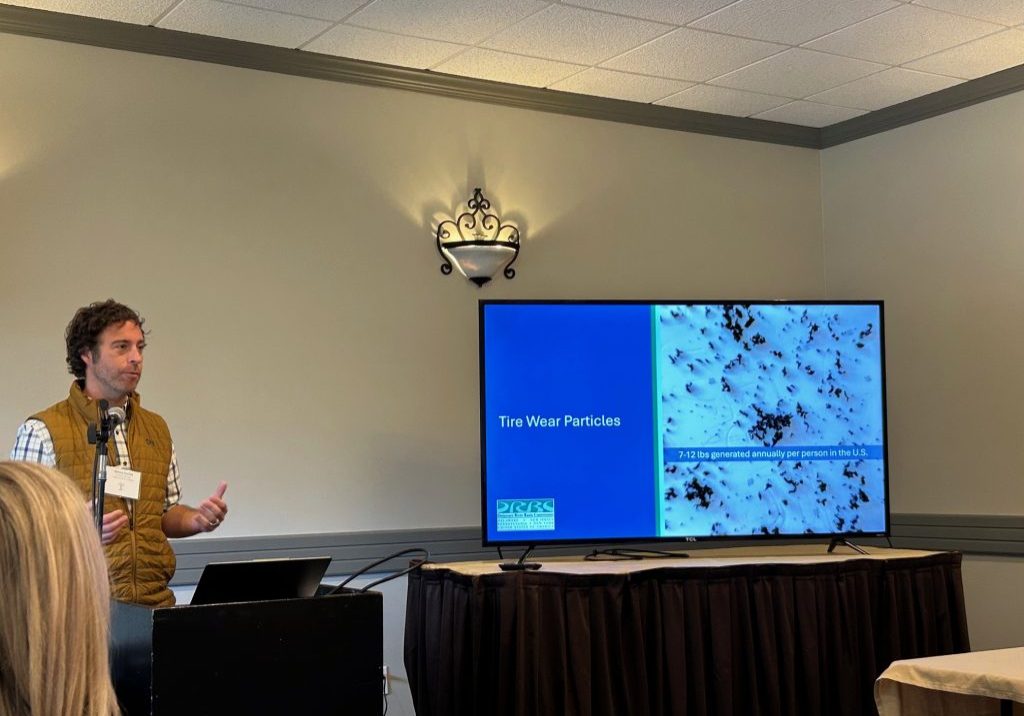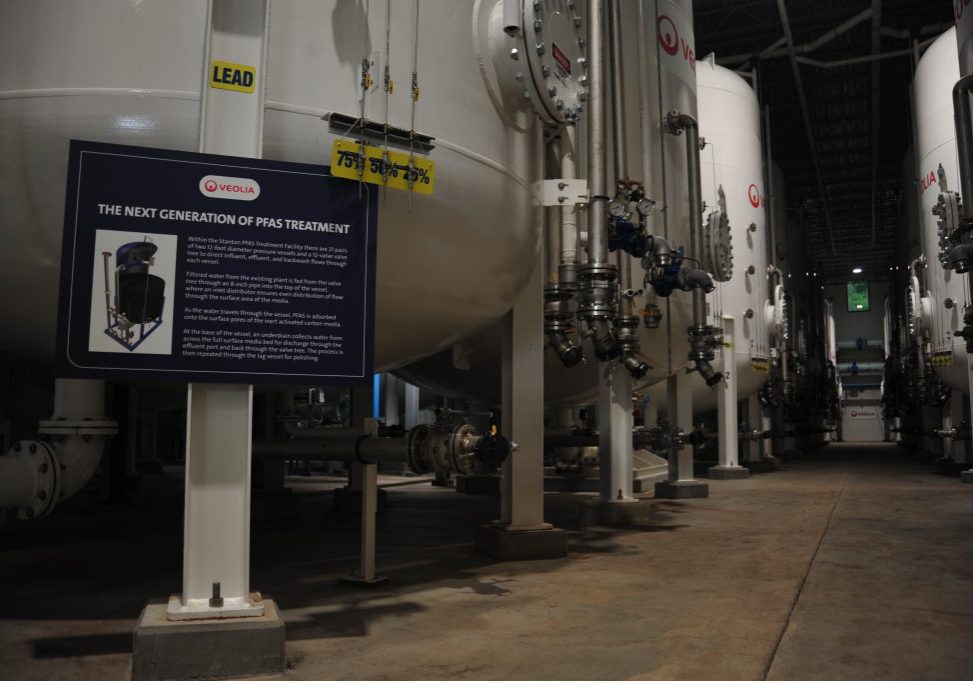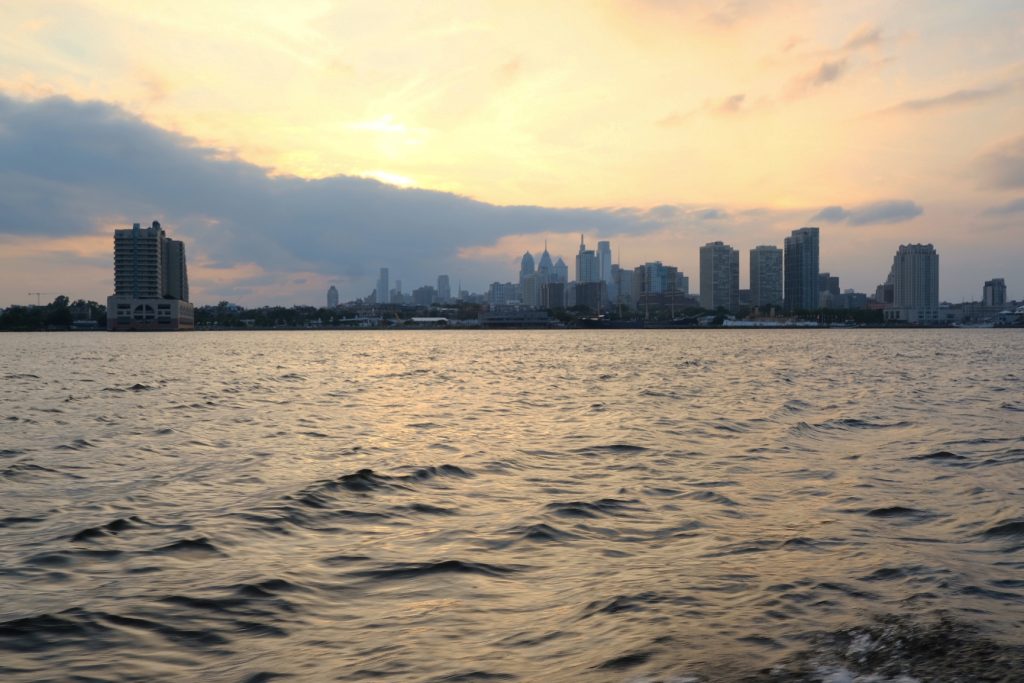
Water operators appeal to Trump administration for reprieve to water quality improvement rules on Delaware River
| August 20, 2025
Public water utilities are appealing to the Trump administration for a last-minute reprieve from new federal rules that would raise water quality standards for a section of the Delaware River that are set to be finalized next month.
The quiet lobbying effort emerged in an Aug. 13 letter from the National Association of Clean Water Agencies addressed to a division of the federal Office of Management and Budget.
The letter, which was copied to a who’s who of U.S. Environmental Protection Agency administrators and staffers, argued that the pending new EPA rules would impose “significant unjustified costs” on ratepayers and would conflict with several executive orders issued by the Trump administration.
The correspondence is the latest salvo in a years-long battle among the EPA, environmental activists, water and wastewater operators and, at one time, the Delaware River Basin Commission, about how best to improve the water quality of a 38-mile stretch of the Delaware between Philadelphia, Pa., and Wilmington, Del., which has been chronically polluted.
It’s not clear how successful the National Association of Clean Water Agencies might be in its appeal given the short window remaining before the new EPA rules are issued. However, the association is likely banking on a White House that has demonstrated that it is friendly to rolling back environmental protections and regulations.
Association officials did not respond to an email seeking comment and a representative of OMB could not be reached.
How we got here
Dissolved oxygen in the contested part of the river is diminished by discharges from wastewater treatment plants, like those in Philadelphia, Camden, Trenton and Wilmington, among others.
Those plants follow all the rules but their wastewater (and those rules) don’t address nitrogen in that water. Nitrogen can be processed by “good bugs” in the river, except if there’s too much nitrogen, they can’t.
Read our complete coverage of this fight here.
That excess nitrogen absorbs oxygen, hence a depletion of dissolved oxygen, or an oxygen “sag,” in some parts of the river. Dissolved oxygen is vital for the propagation of fish, particularly the endangered Atlantic sturgeon, which is seen as a bellwether for the health of this section of the river.
In April 2022, the Delaware Riverkeeper and a group of nonprofits were frustrated with the slow pace of the work of the DRBC, which had for years researched and labored to set new water quality standards.
The groups filed a petition with the EPA, seeking to bypass the DRBC and to compel the EPA to issue revised standards. A month later, the DRBC completed its scientific and engineering work and in December 2022, the EPA agreed with the Riverkeeper, and took over the process.
In September 2023, the DRBC formally ceded action to the EPA. In December 2023, the EPA publicized its proposed rules for public comment. And in October 2024, the Delaware Riverkeeper Network sued the EPA, accusing it too of foot-dragging in finalizing its regulations.
Too little science, too much money
Amanda Aspatore, the chief legal officer of the National Association of Clean Water Agencies, which represents public wastewater and stormwater agencies nationwide, argued that the EPA rushed into a binding consent decree without consulting with the various stakeholders.
She said that the EPA’s analysis “ignored a substantial amount of compelling data” from state agencies and others about the presence and survival of the Atlantic sturgeon in the segment of the Delaware targeted by the new rules.
She added that the “science upon which EPA based its criteria numbers — and the need for the criteria itself — was incomplete and flawed.”
Read more: Sewage plant operators resist pending EPA water quality rules for Delaware River
Aspatore pointed out the new rules would require an investment of hundreds of millions of dollars, which would come on top of other “federal water quality requirements that are already hitting the public’s wallets” through higher rates to pay for the replacement of lead service lines, among other mandates.
“Such costs will not only divert resources away from other critical infrastructure projects that would result in greater environmental and human health benefits, they will also result in hundreds of dollars per year in economic burden being placed on individual households, many of whom can least afford to pay for such unjustified federal mandates,” Aspatore wrote.
Delaware Currents reported in 2021 that one report estimated the costs to implement the new rules would come with a hefty price tag: from $1.5 million for Trenton, up to as much as $3 billion for Philadelphia.
“Moreover, there is no guarantee that these significant public expenditures will actually improve fish propagation in the impacted portions of the Delaware River,” Aspatore added.
In an appeal to the Trump administration’s anti-regulatory sensibilities, Aspatore noted the “the scientific and economic shortcomings” of the new rules would run afoul of several recent executive orders, including one titled “Restoring Gold Standard Science” from May.
The letter revealed that Aspatore met on Aug. 12 with a representative of the OMB’s Office of Information and Regulatory Affairs, Natural Resources and Environment, which is charged with reviewing federal regulations before they are published.
Seeking flexibility
The Aspatore letter asked the Trump administration to adopt a “modified” standard of 4.5 mg/L of dissolved oxygen, along with a “flexible implementation plan,” though it did not detail what kind of flexible rollout it was seeking.
“Such a standard is justified by the scientific record, including a substantial amount of data that was inappropriately excluded from consideration by EPA in its development of the proposed criteria,” the letter said. “Most importantly, such a standard would protect aquatic life in the Delaware River without imposing overwhelming economic hardship on local communities through unfunded federal mandates.”
The standard of dissolved oxygen being sought by the association is lower than the one advocated by environmentalists.
Maya van Rossum, the Delaware Riverkeeper who led the fight to gain the improved water quality rules, has said: “The science is clear. The sturgeon need 6.3 mg/L of dissolved oxygen. The standard the industry has been pressuring for would surely be a death knell.”
A federal judge has given the EPA until Sept. 22 to issue a final revised water quality standard though the new rules could be delayed if the EPA can show a good reason for a delay, such as extenuating circumstances.
And what happens if the EPA issues new rules and there is a dispute between the agency and the plaintiffs in the case, van Rossum and the Delaware Riverkeeper Network?
The judge, John Milton Younge, a Trump appointee, ordered both sides to meet to resolve the dispute. If they cannot within 10 business days, then “either party may petition the court to resolve the dispute,” the judge wrote in a July 21 order.


